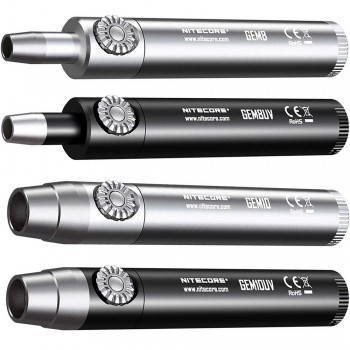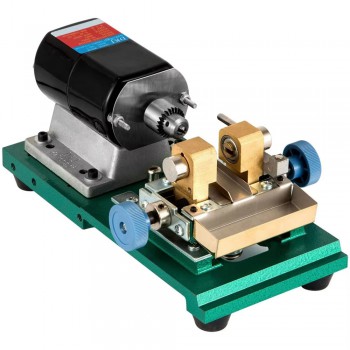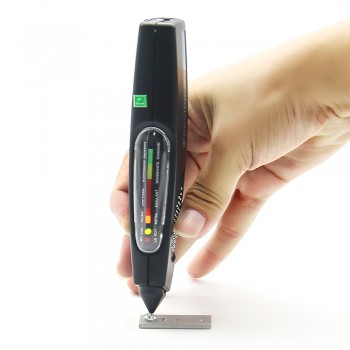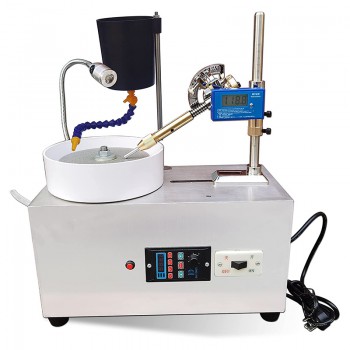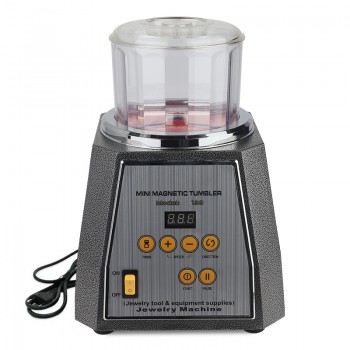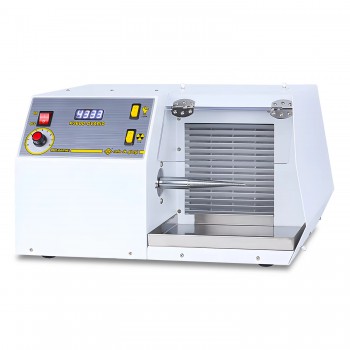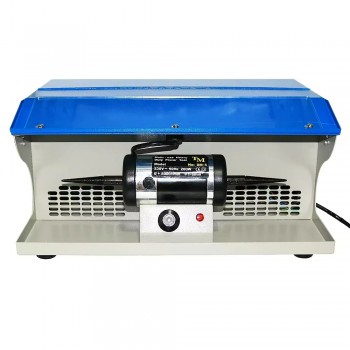
Jewelry Dust Collector
Guide on How to Choose Jewelry Dust Collector
What Is a Jewelry Dust Collector?
A jewelry dust collector is a bench or floor device that captures particles produced during polishing, grinding, sawing, and sanding. In many shops, a jewelry polishing dust collector connects to polishers and buffs, while a jewelry bench dust collector mounts at the bench to draw debris from hand tools and micromotors. Collected material includes metal filings, abrasive grains, and compound residue.
Working Principle
Air is pulled from a hood or intake near the tool into ducts and through filter stages. A pre-filter traps coarse material; a main filter captures fine particles; optional carbon media targets odor. The blower then exhausts air through a final stage or returns it, depending on model design. Close hood placement and appropriate airflow support capture at the source.
Features and Characteristics
Key elements include intake hoods, flexible hose or rigid duct, blower wheel, filter cartridges or bags, and a tray/bag for reclaim. Some units add pressure gauges to track filter loading, quick-change filters, spark screens at polishing stations, and acoustic panels. Common specifications list airflow (CFM), available static pressure, filter rating, and bin volume.
Sizing and Workflow Planning
Airflow & Pressure: Match stated CFM and static pressure to tool ports, hose length, and bends. Hood Geometry: Flanged or tapered hoods positioned near the workpiece help limit re-entrainment. Filtration Strategy: Pre-filter → main filter → optional carbon supports longer intervals between changes. Metal Recovery: If processing precious metals, select trays or bag systems that allow segregated collection.
How to Choose
When comparing a jewelry polishing dust collector or jewelry bench dust collector, review: Application Fit: Polishing, grinding, and saw stations may need different hood shapes and filter grades. Footprint & Access: Confirm space for doors, filter removal, and caster movement if the unit is portable. Ducting & Accessories: Check hose diameter, adapters, blast gates, and clamps for your tools. Controls & Power: Verify voltage, switch placement, and any timer or speed settings that support daily routines. Documentation: Look for clear specs on filter class, replacement parts, and recommended service intervals.
Application Range
A jewelry dust collector supports polishing motors, sprue removal, cabbing wheels, and bench cleanup. Portable enclosures can be moved for wax work or fine sanding. Centralized systems may serve multiple benches where duct routing is practical.
Buying Considerations
Before selecting a jewelry dust collector, review compressor or shop-air interactions at polishing stations (if using air tools), noise levels near customer areas, and availability of replacement filters, bags, gaskets, and belts. Plan storage for separate waste streams (precious vs. base metal) and confirm compatibility with existing hoods or shrouds.
are and Maintenance
Set a filter-change schedule using pressure drop readings or visual checks. Empty trays/bags regularly and label precious-metal dust for refining. Vacuum elbows and clean hoods to prevent buildup. Inspect hoses for leaks and keep ducts sealed. Maintain a log with airflow notes, filter part numbers, and change dates to support traceable performance.


